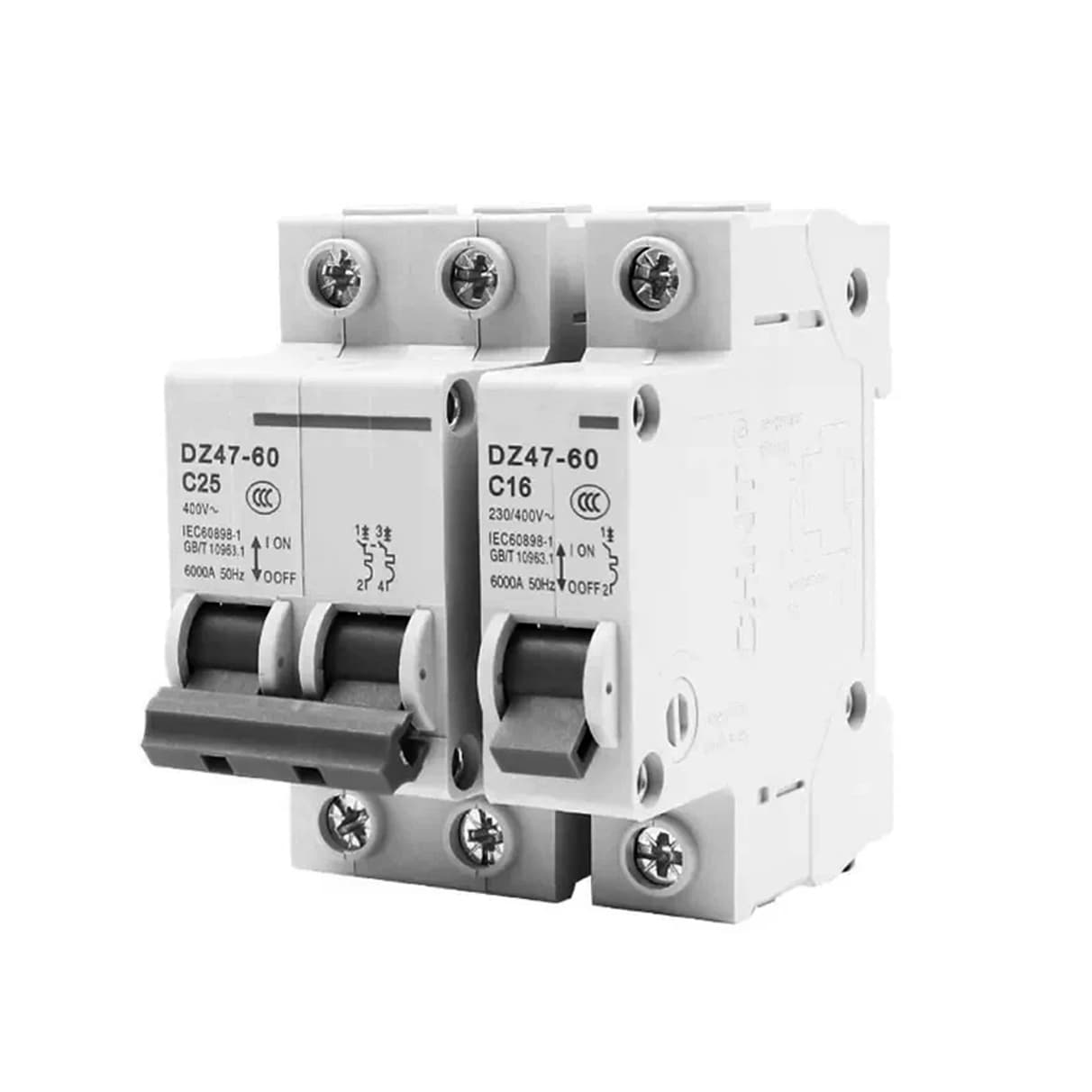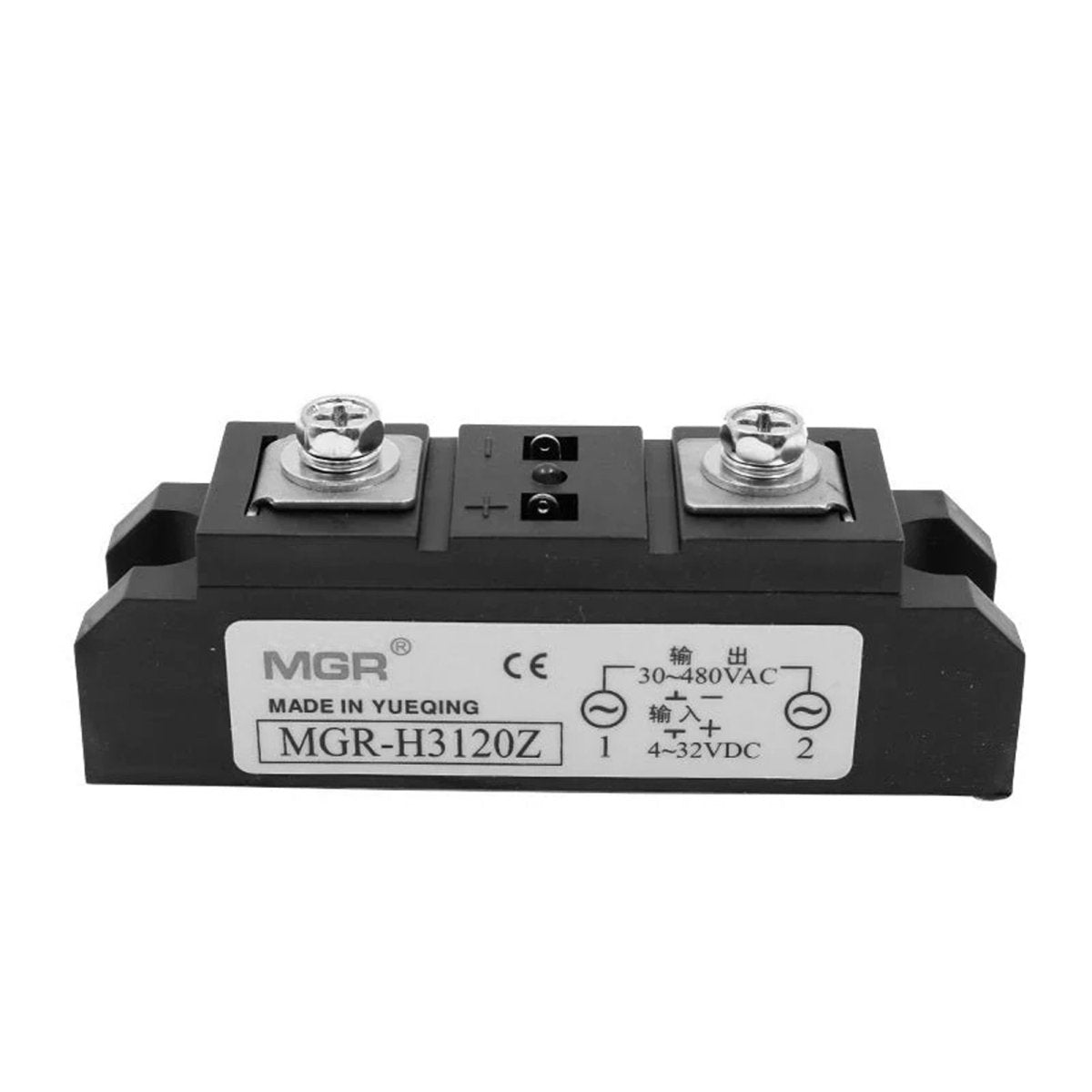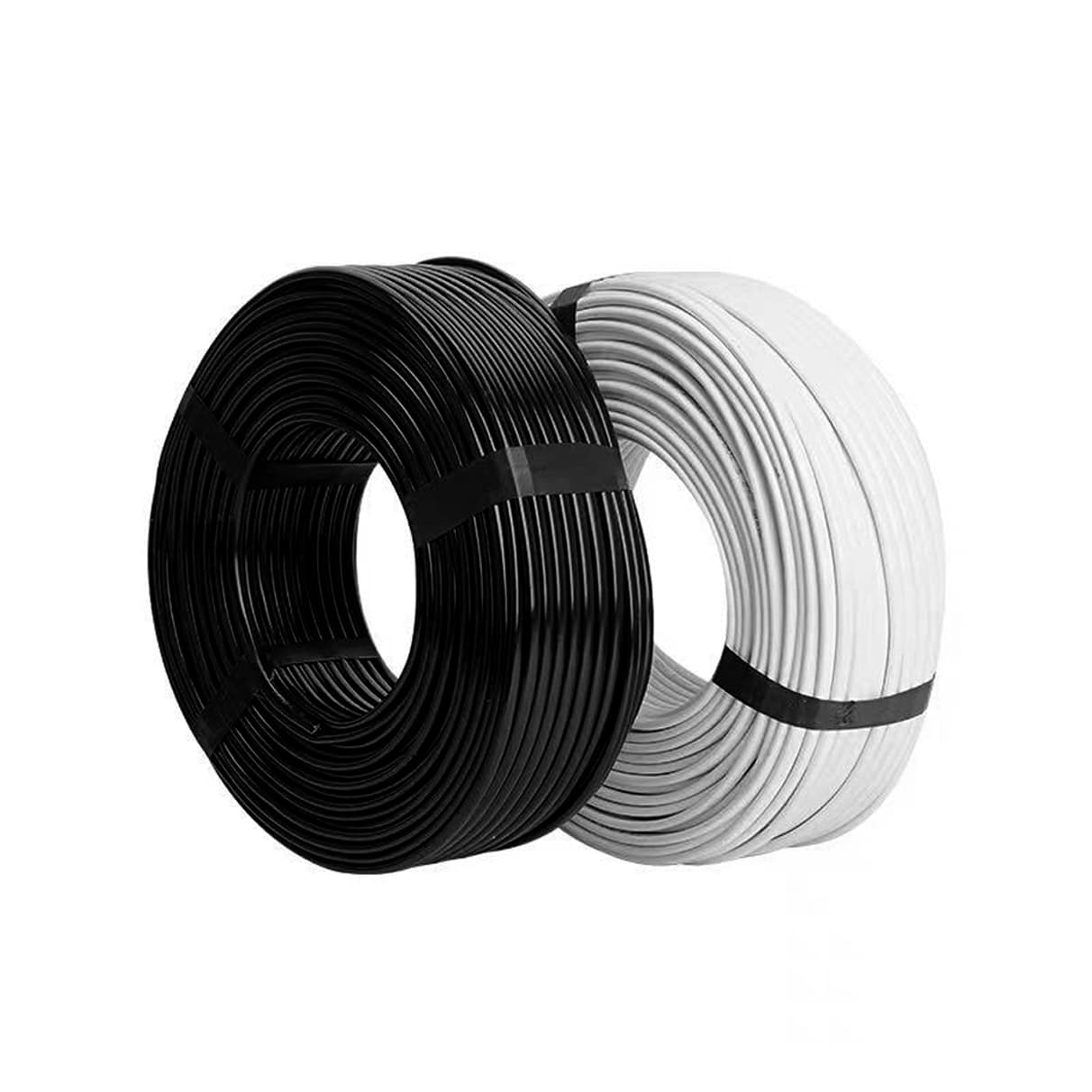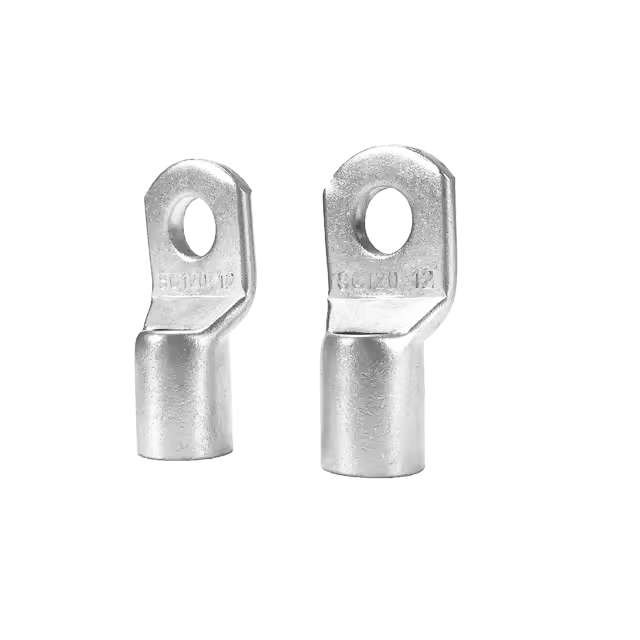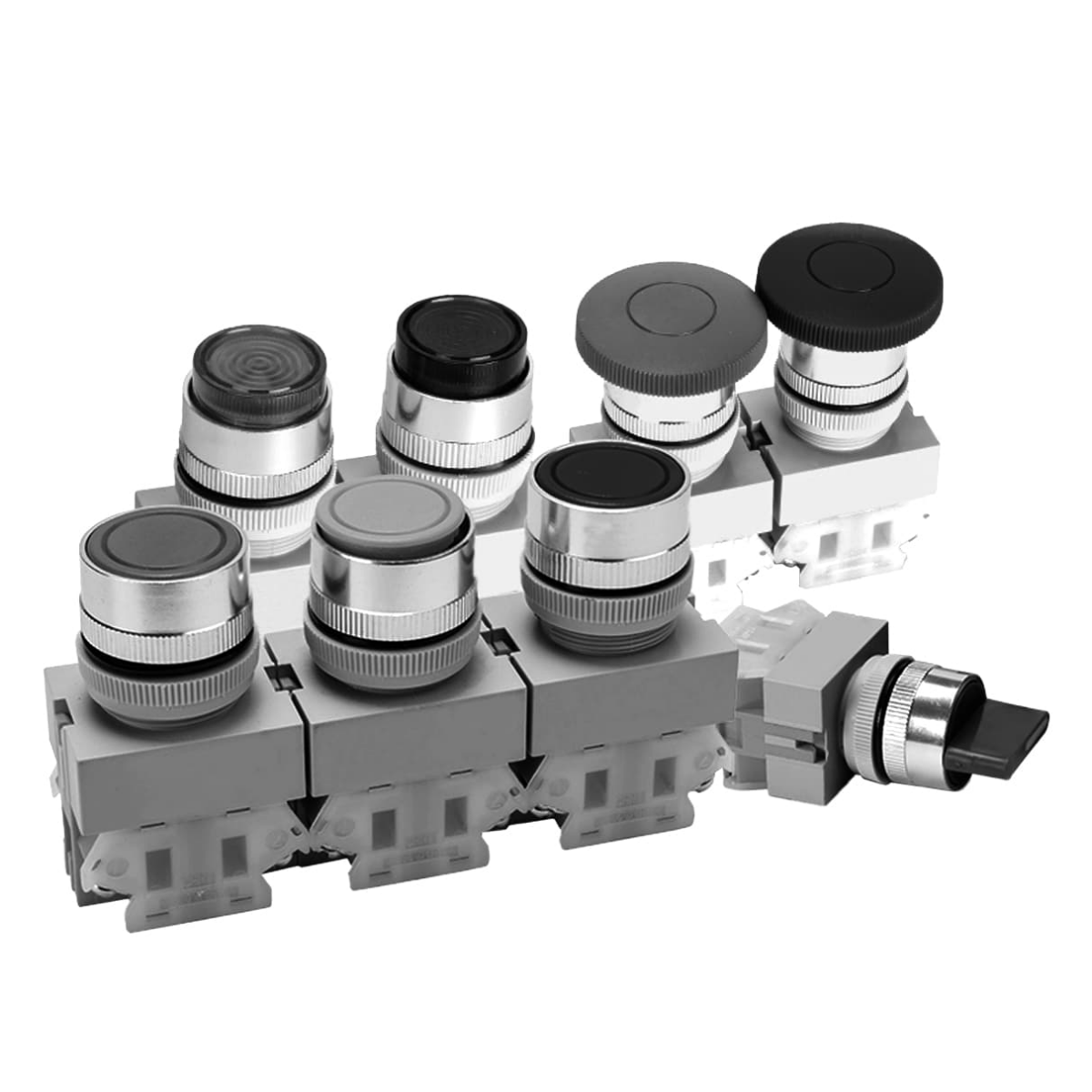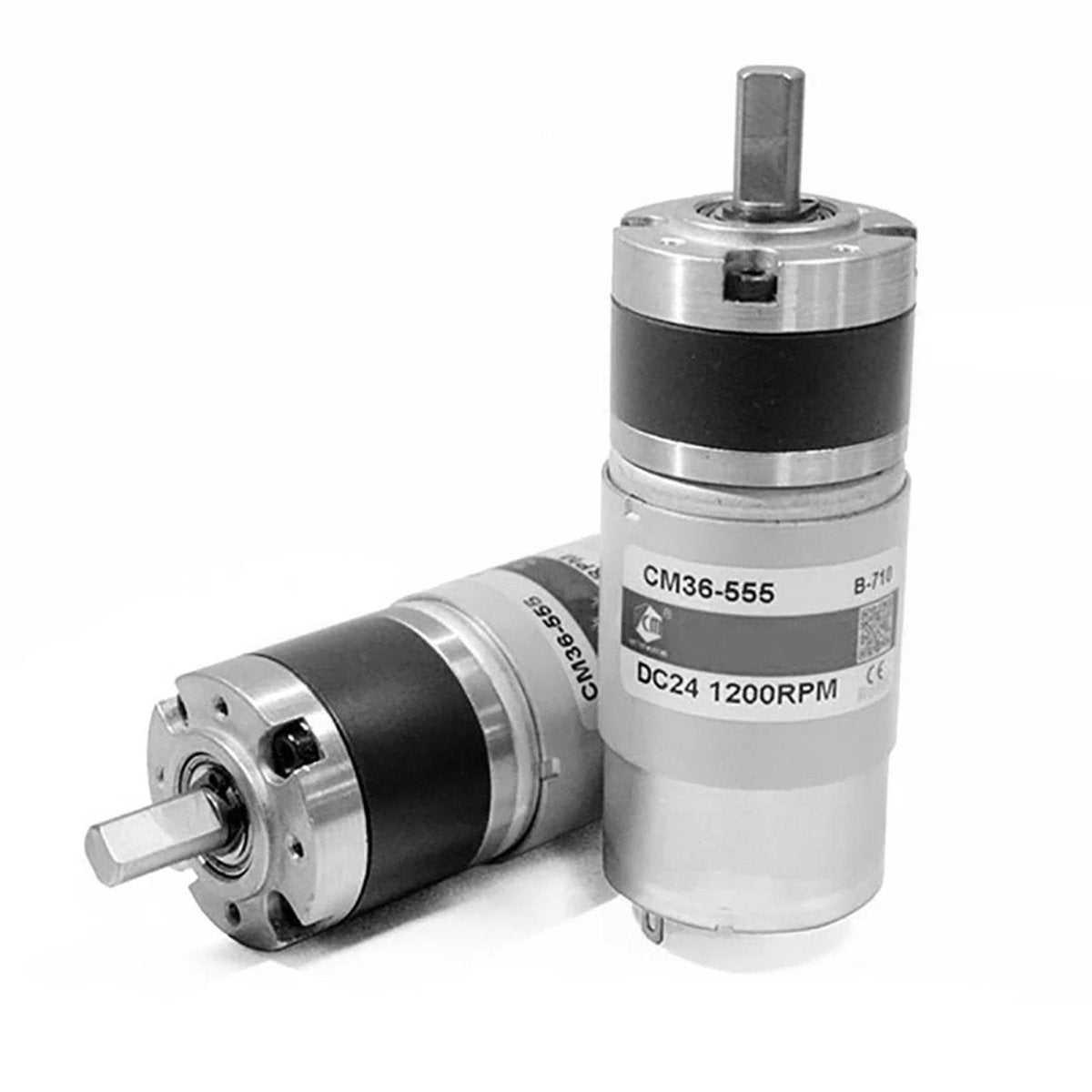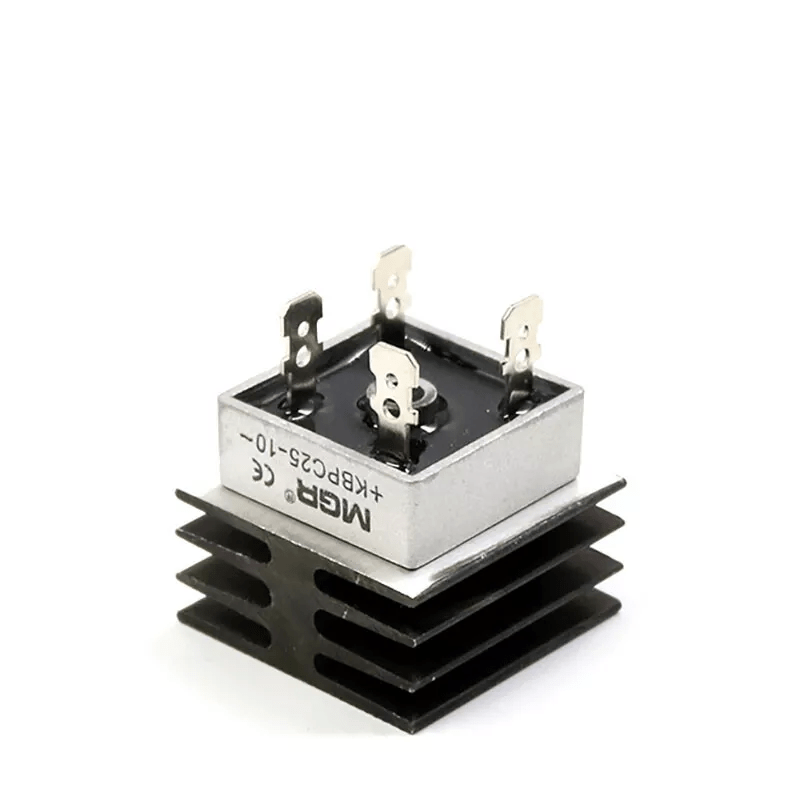The Ultimate Diode Handbook: Types, Applications, and Testing Protocols
Diodes are the one-way valves of electronics, controlling current flow with nanometer precision. From protecting sensitive microchips with TVS diodes to regulating voltage with Zener diodes, these components are foundational in modern circuits. At HomeDIYer, we specialize in diodes rated for industrial environments - this guide covers selection, installation, and troubleshooting for professionals and makers.
Section 1: Diode Fundamentals
How PN-junction semiconductors work:
- Core Physics:
P-type (hole-rich) + N-type (electron-rich) silicon → Depletion zone → Current flows anode→cathode only - Critical Parameters:
Section 2: Diode Types Explained
Match to your application:
- Rectifier Diodes:
Convert AC→DC (e.g., 1N4007 diode handles 1A/1000V). Essential for power supplies. - Zener Diodes:
Voltage regulation via reverse breakdown (e.g., 5.1V Zener diode for 5V rail protection). - TVS Diodes:
Nanosecond response to surges (10kV/1kW models clamp ESD and lightning strikes). - Schottky Diodes:
Low Vf & fast switching (ideal for alternator diode replacements in vehicles).
Section 3: Industry Applications
- Automotive:
Flyback diodes protect ECUs from relay coil voltage spikes - Renewable Energy:
Blocking diodes prevent battery drain in solar arrays - Power Supplies:
Bridge rectifier diodes in full-wave configurations - Digital Circuits:
TVS suppressor diodes guard USB ports against ESD
Section 4: Identification & Polarity
Never reverse-connect again:
- Cathode Markings:
- Multimeter Test:
- Symbol Recognition:
Section 5: Step-by-Step Testing
Tools: Multimeter, curve tracer
- Forward Bias Check:
- Reverse Leakage Test:
- Zener Verification:
Section 6: Installation Best Practices
- PCB Mounting:
Bend leads 2mm from body to avoid glass fracture - Heat Management:
Derate 50% when >75°C (add heatsinks for rectifier diodes >3A) - ESD Protection:
Grounded wrist straps when handling Schottky/TVS diodes - Parallel Configurations:
Use ballast resistors for current sharing
Section 7: Failure Modes & Solutions
- Short Circuits:
Caused by thermal runaway - check heat sinking on power diodes - Open Circuits:
Overcurrent events - install 125% rated fuses - Parameter Drift:
Radiation damage in aerospace - use MIL-SPEC transient diodes - Leakage Increase:
Moisture ingress - select epoxy-encapsulated models
Section 8: Cross-Reference Guide
Replace obsolete parts:
OEMHomeDIYer EquivalentAdvantages1N4001HD1A150°C rating (vs 125°C)BZX85C5V1Z5V1-TR±1% tolerance (vs ±5%)
Section 9: DIY Projects Showcase
- Arduino Voltage Clamp:
5.6V Zener diode protects inputs from overvoltage - Solar Charge Controller:
Schottky diode prevents reverse current at night - Automotive LED Upgrade:
Flyback diodes suppress back-EMF in relay circuits - 3D Printer Safety:
TVS diodes on endstop lines prevent false triggers
Section 10: Why HomeDIYer Diodes Excel
- Military-Grade QC:
100% curve tracing with 25-point verification - Extended Temp Range:
-55°C to +175°C operation (automotive qualified) - Failure Analysis:
Free technical reports for batch-related issues - Educational Resources:
Downloadable diode testing guides and SPICE models
Conclusion
Whether you're replacing alternator diodes in a vintage car or designing spacecraft power systems, precision matters. Explore our diode selection with parametric filters and interactive datasheets. Join 40,000+ engineers who trust HomeDIYer for mission-critical semiconductor solutions!

